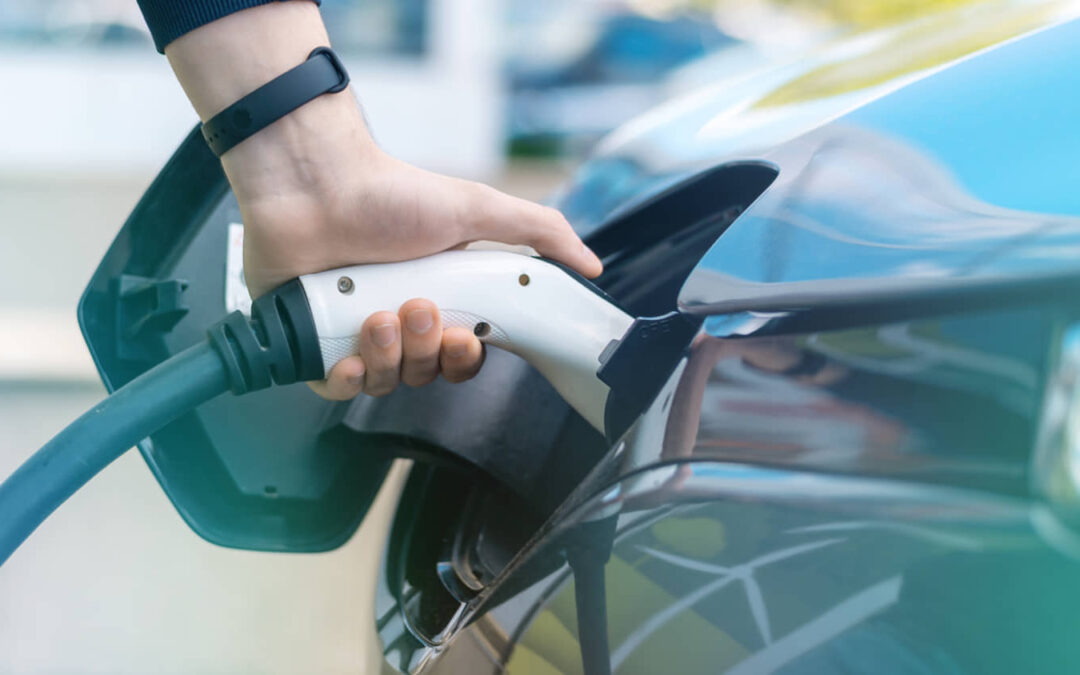For EV charging in business there are some key factors to consider which will help to determine the right EV charging solution for your business and company vehicles:
- What are the usual vehicle movements and routine? Are vehicles left at a depot overnight or taken to an employee home? What average distances does each vehicle do each day? Could they need charging during the day?
- What are vehicle types – small vans, domestic cars, larger vans, heavy commercial?
- What is the fleet size now and in the future? What is the pace of EV fleet transition? es central point overnight, for most of the day or is there a need for more immediate on the spot charging.
- Does the business have a 3-phase supply, or is it single phase?
Once the picture is built around fleet type and vehicle behaviour, plus what current supply availability looks like, then EV charging design follows.
If a fleet is predominantly depot based, with vehicles left overnight, then standard /fast chargers would meet the need. These chargers can also work off a single-phase supply, using a daisy chaining method, where vehicles connecting (ie. most in charging need) take the priority and the supply to other connected vehicles is ramped down.
Where there a need for more rapid charging, then a 3-phase supply would be needed, or even an additional supply where the demand is great.
For grant funding, there is a £350 per socket award through the Workplace Charging Scheme. This funding applies to any charger type if the charger type and the installer involved are on the approved OZEV list.
To discuss this more and how to take next steps, contact David Thornton, Principal Transport Planner (Electric Vehicles): [email protected].

